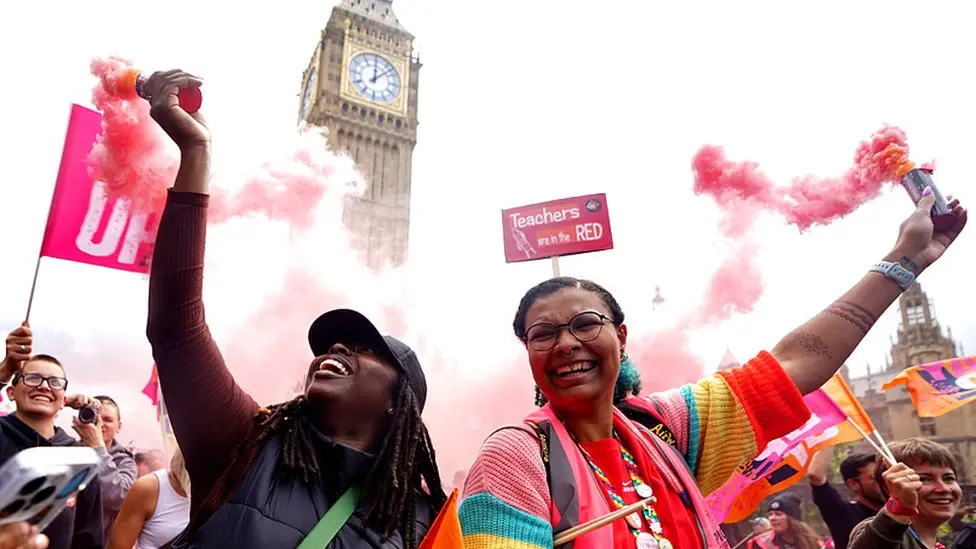Teachers’ strikes: Will there be more?
Teachers' strikes: Will there be more?
Teachers' strikes have become more common in recent years as educators across the country fight for better pay, increased funding for...

Teachers’ strikes: Will there be more?
Teachers’ strikes have become more common in recent years as educators across the country fight for better pay, increased funding for schools, and improved working conditions. The recent wave of teacher walkouts and strikes in states like West Virginia, Oklahoma, and Arizona have put a spotlight on the challenges facing teachers and the education system as a whole.
One of the main reasons why teachers are going on strike is the lack of adequate funding for schools. Many schools are resource-strapped, leading to overcrowded classrooms, outdated textbooks, and inadequate facilities. Teachers are also often underpaid compared to other professions with similar education levels, leading to frustration and discontent among educators.
As long as these issues persist, it is likely that we will continue to see more teachers’ strikes in the future. Educators are becoming increasingly vocal about the need for change and are willing to take action to bring attention to their demands.
However, whether or not there will be more teachers’ strikes also depends on how policymakers and school administrators respond to the current wave of protests. If meaningful changes are made to address the concerns of teachers, strikes may decrease in frequency. But if these issues continue to be ignored, it is probable that more educators will feel compelled to take collective action.
Ultimately, the future of teachers’ strikes will depend on the willingness of all stakeholders to come to the table and work towards solutions that benefit both educators and students. Only time will tell if we will see more teachers’ strikes in the coming years, but one thing is certain – the fight for better education for all is far from over.





